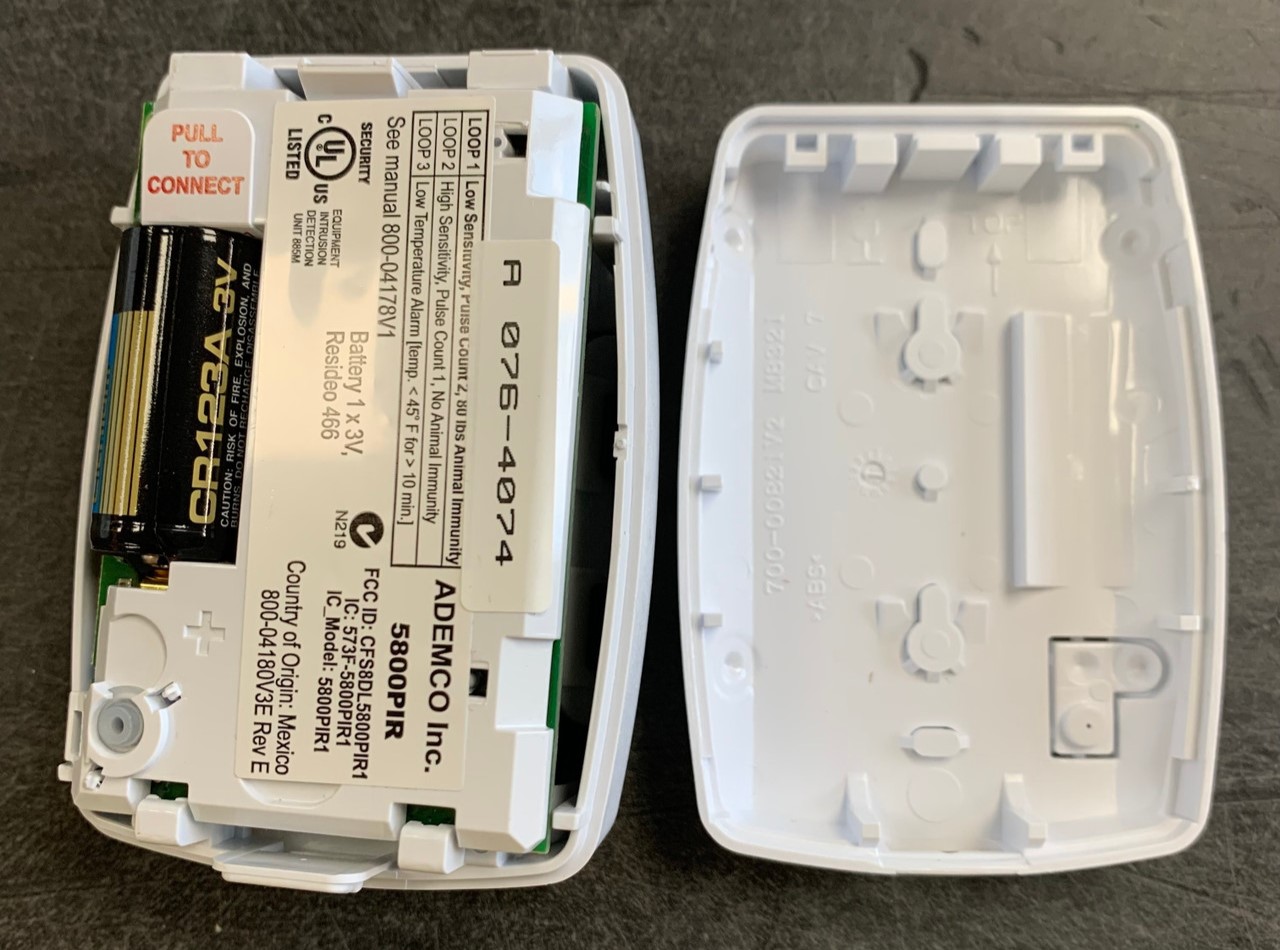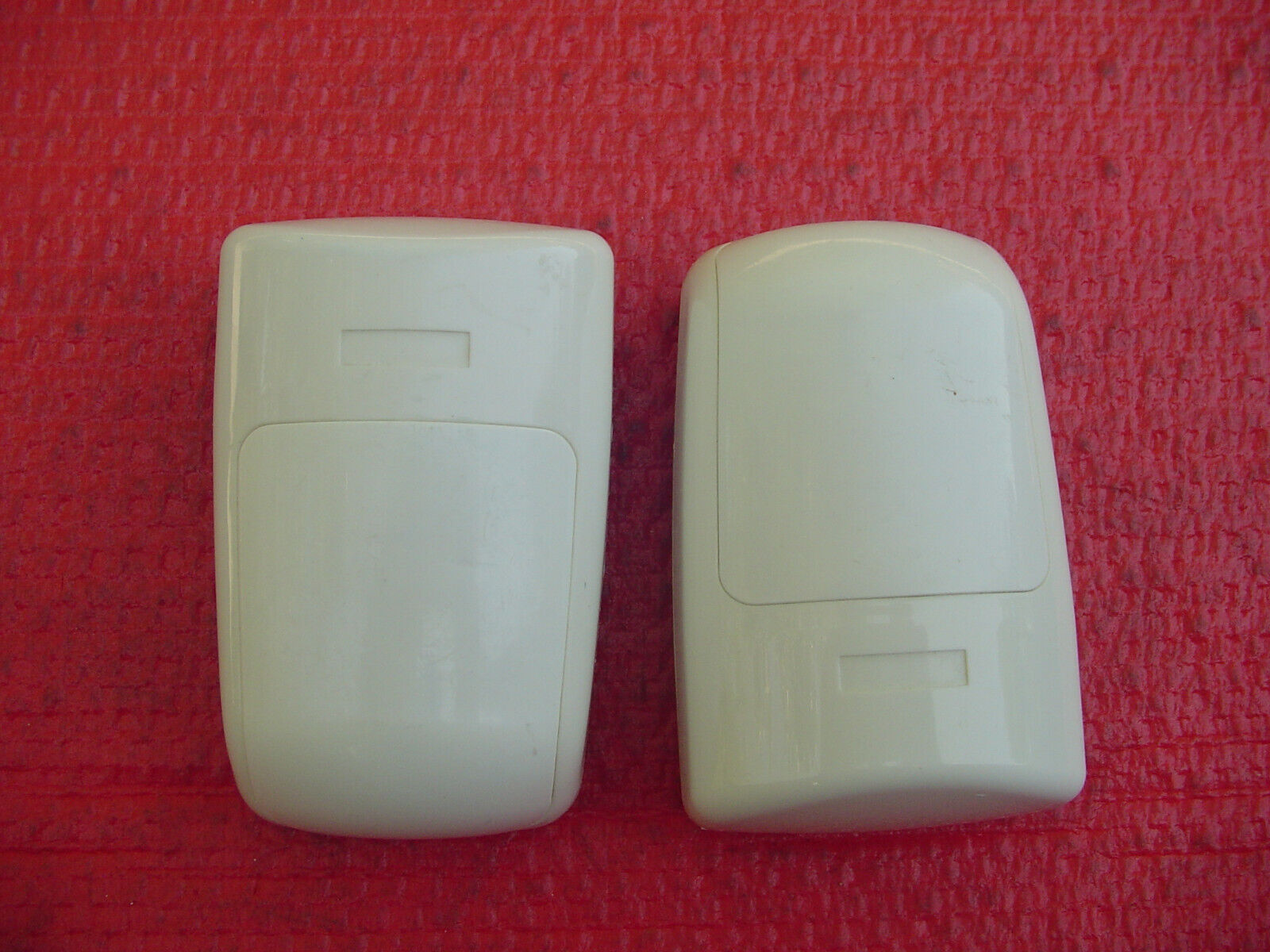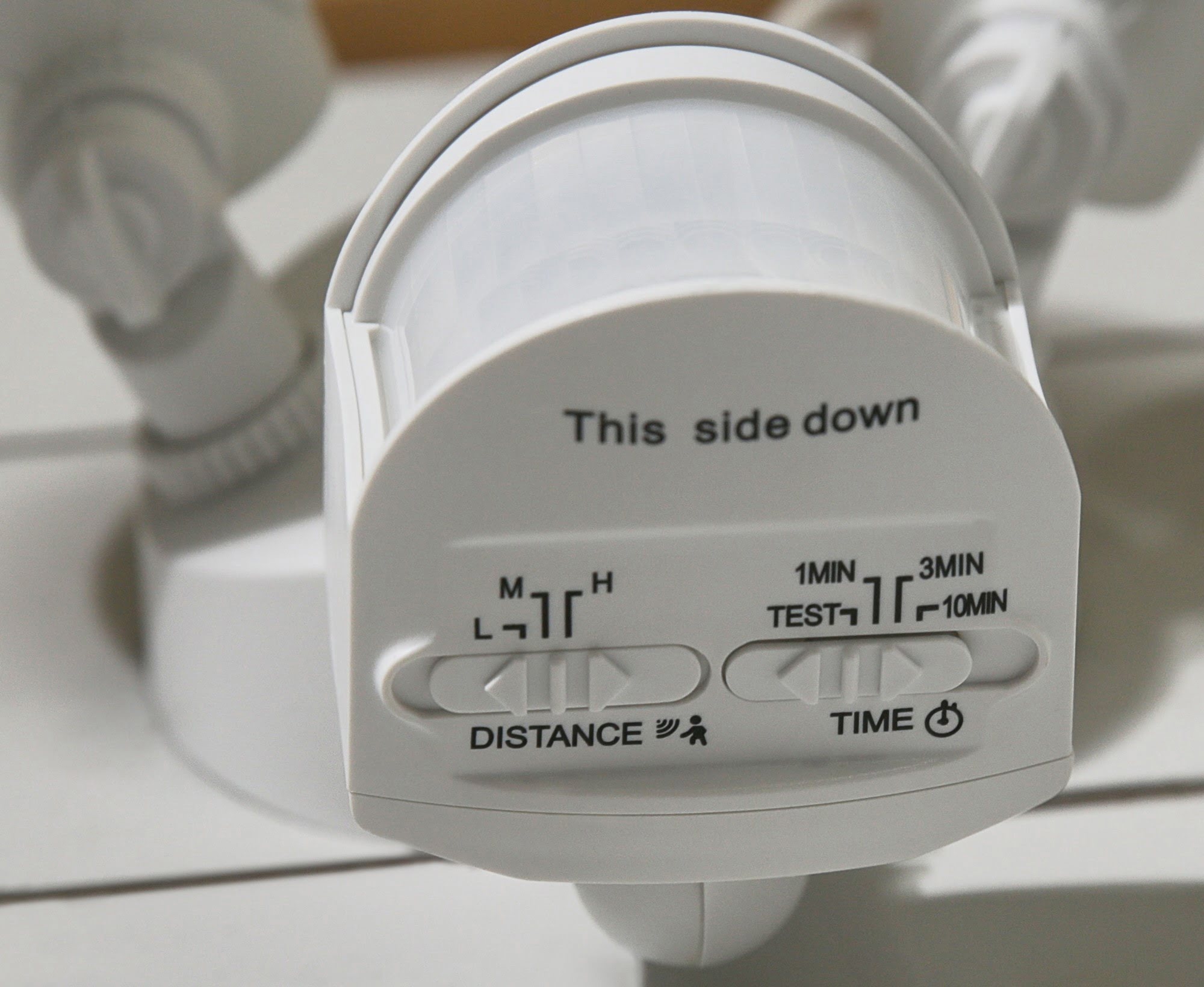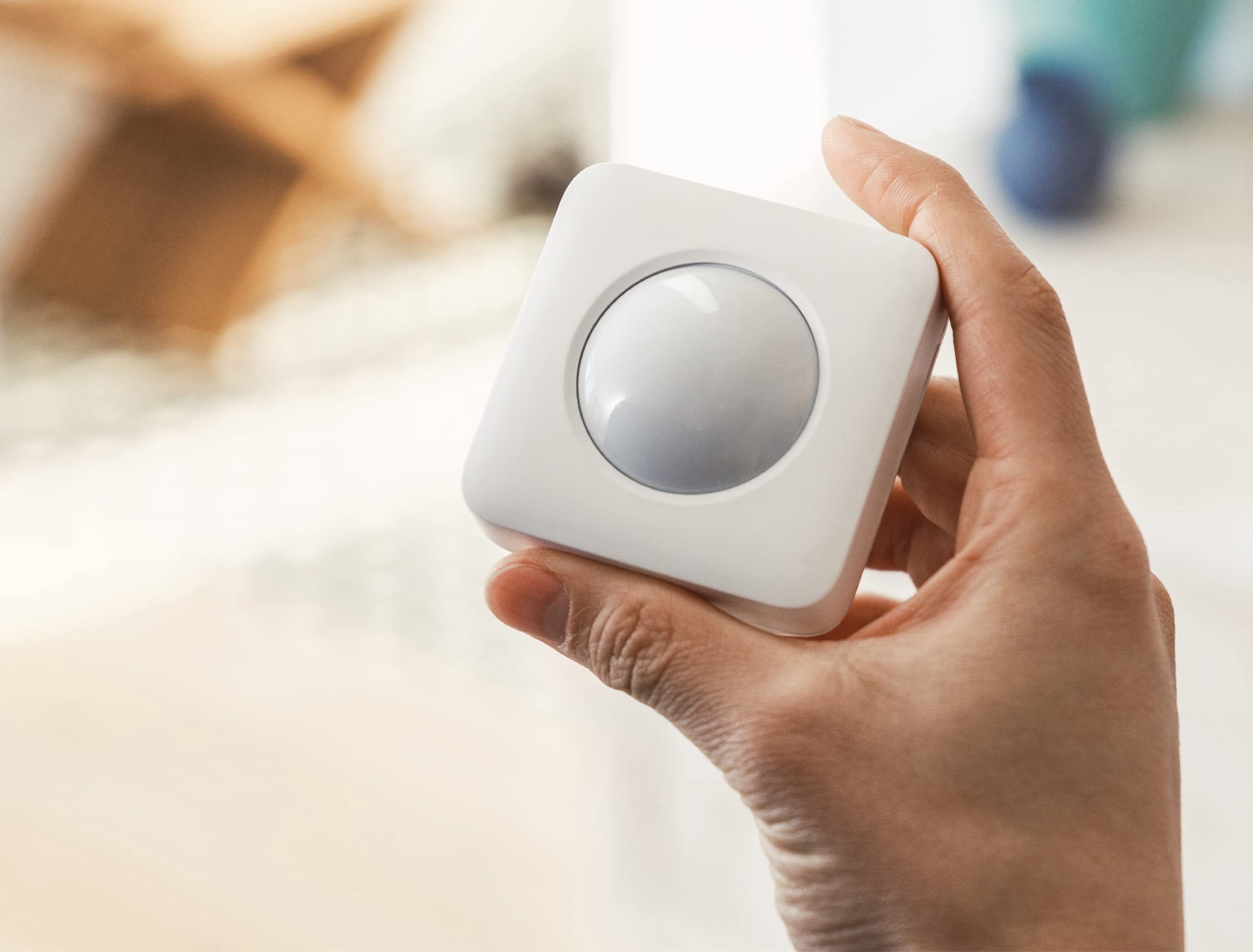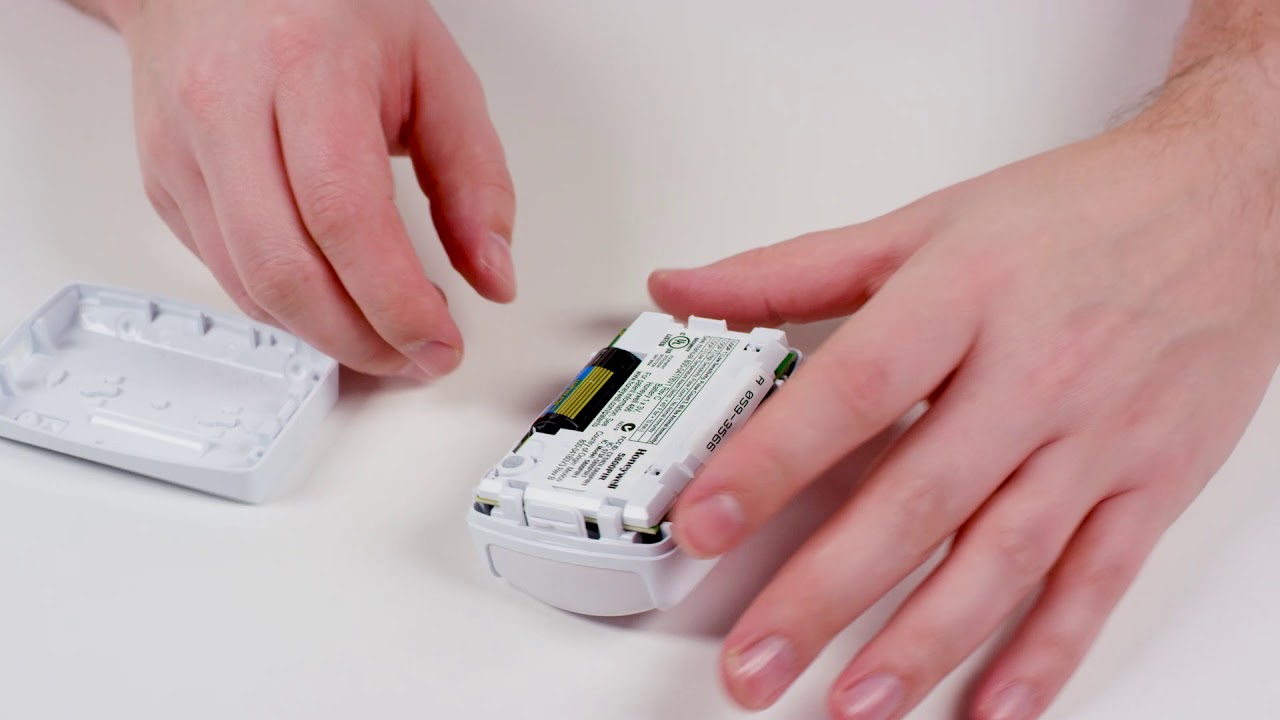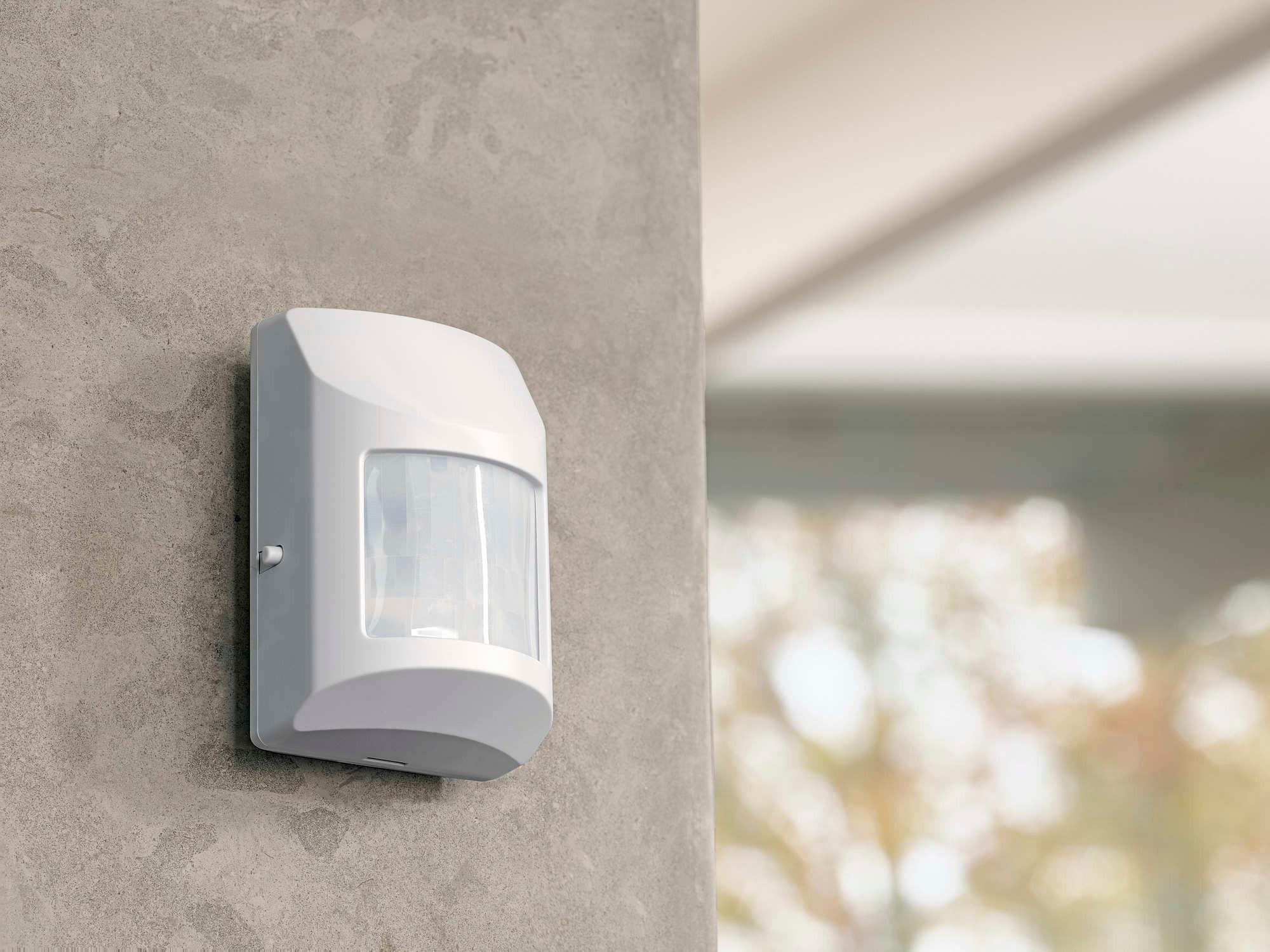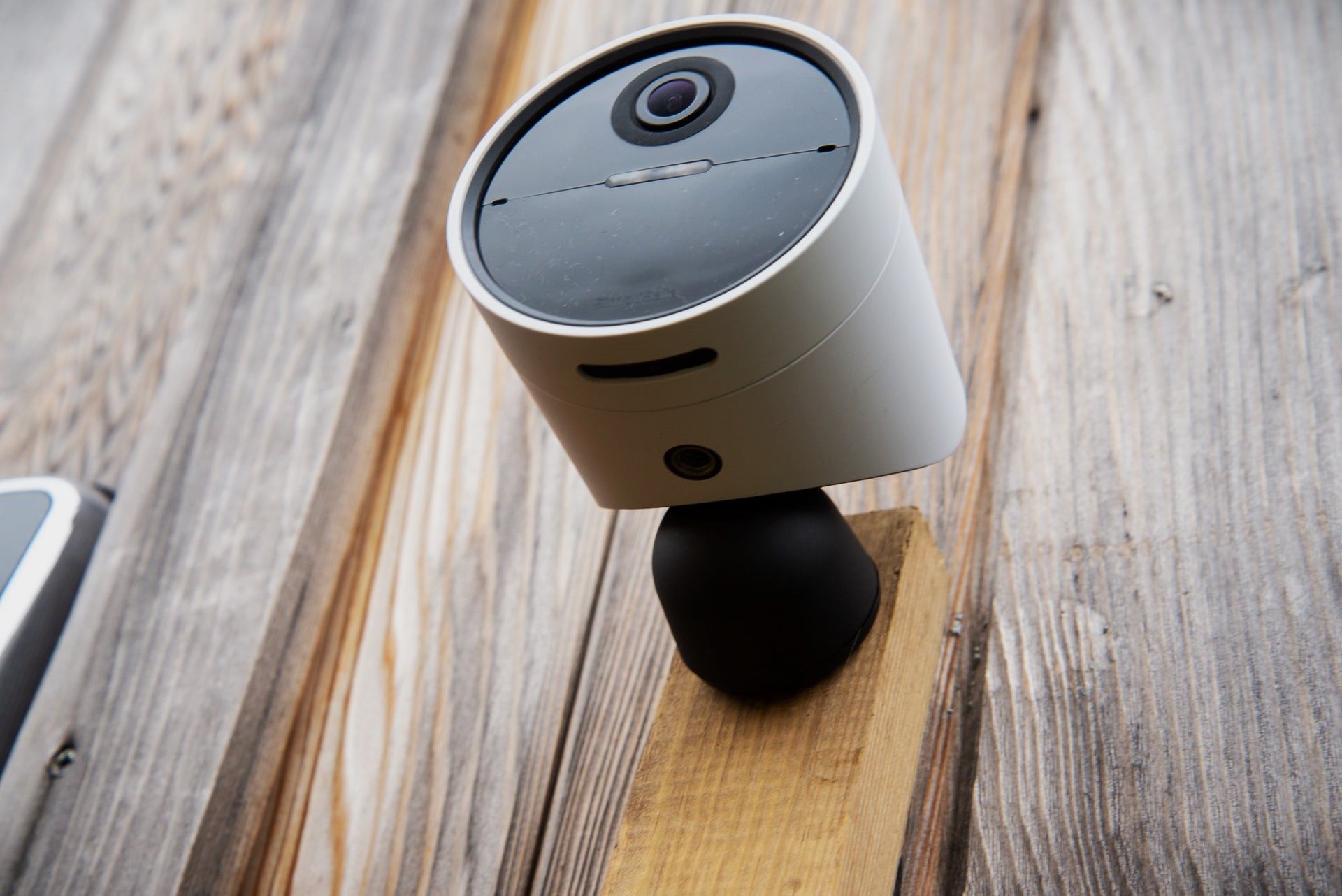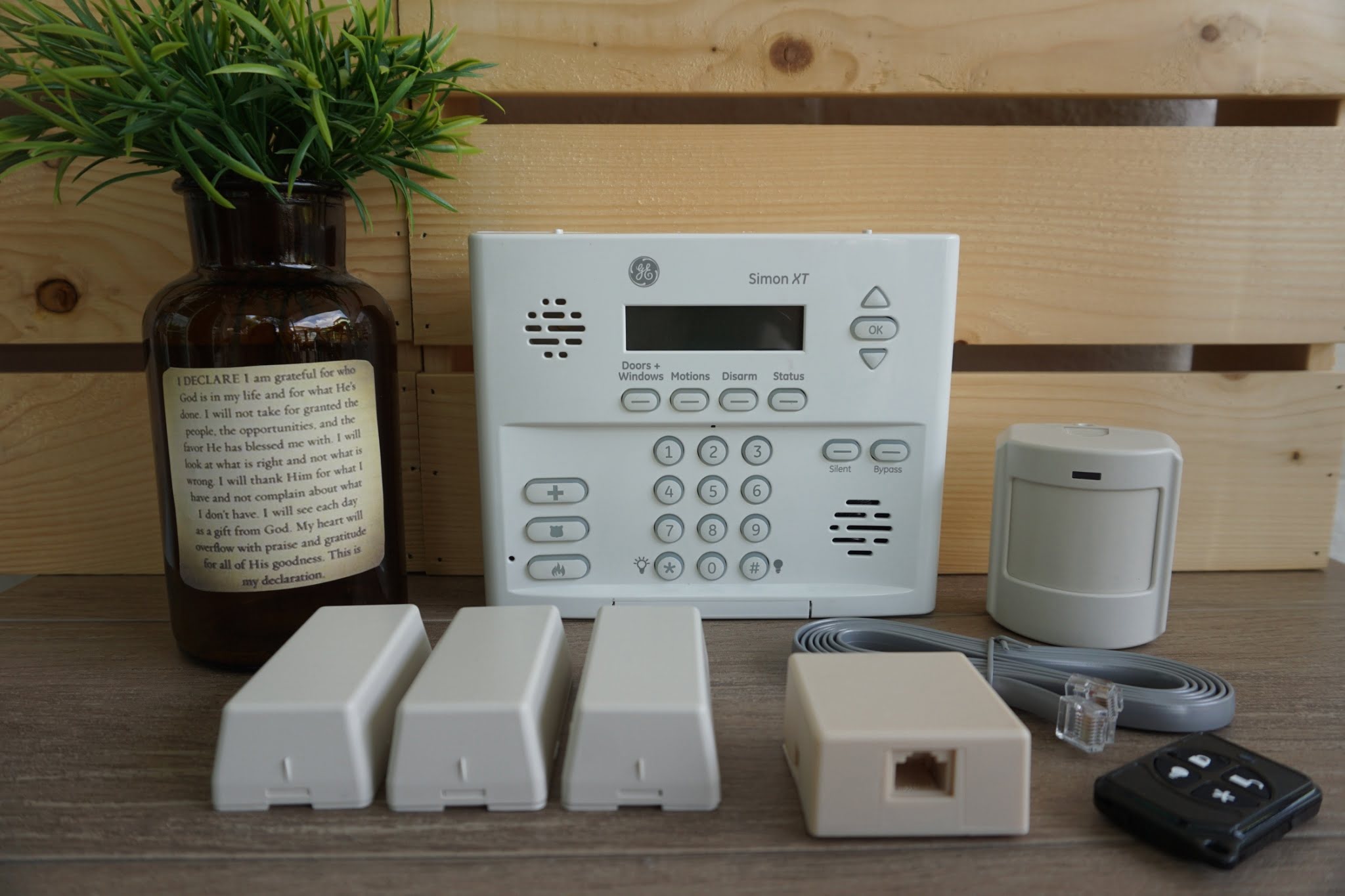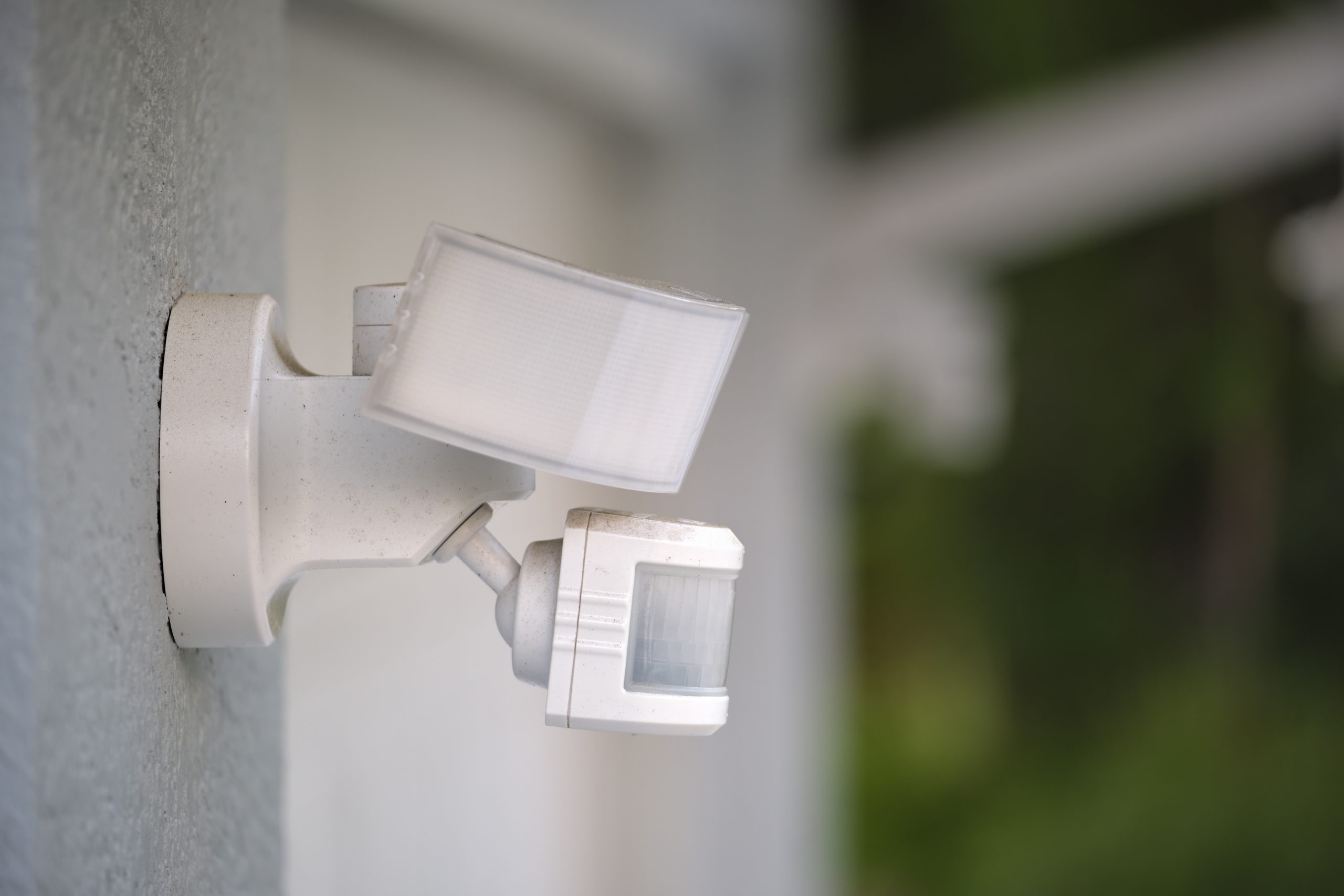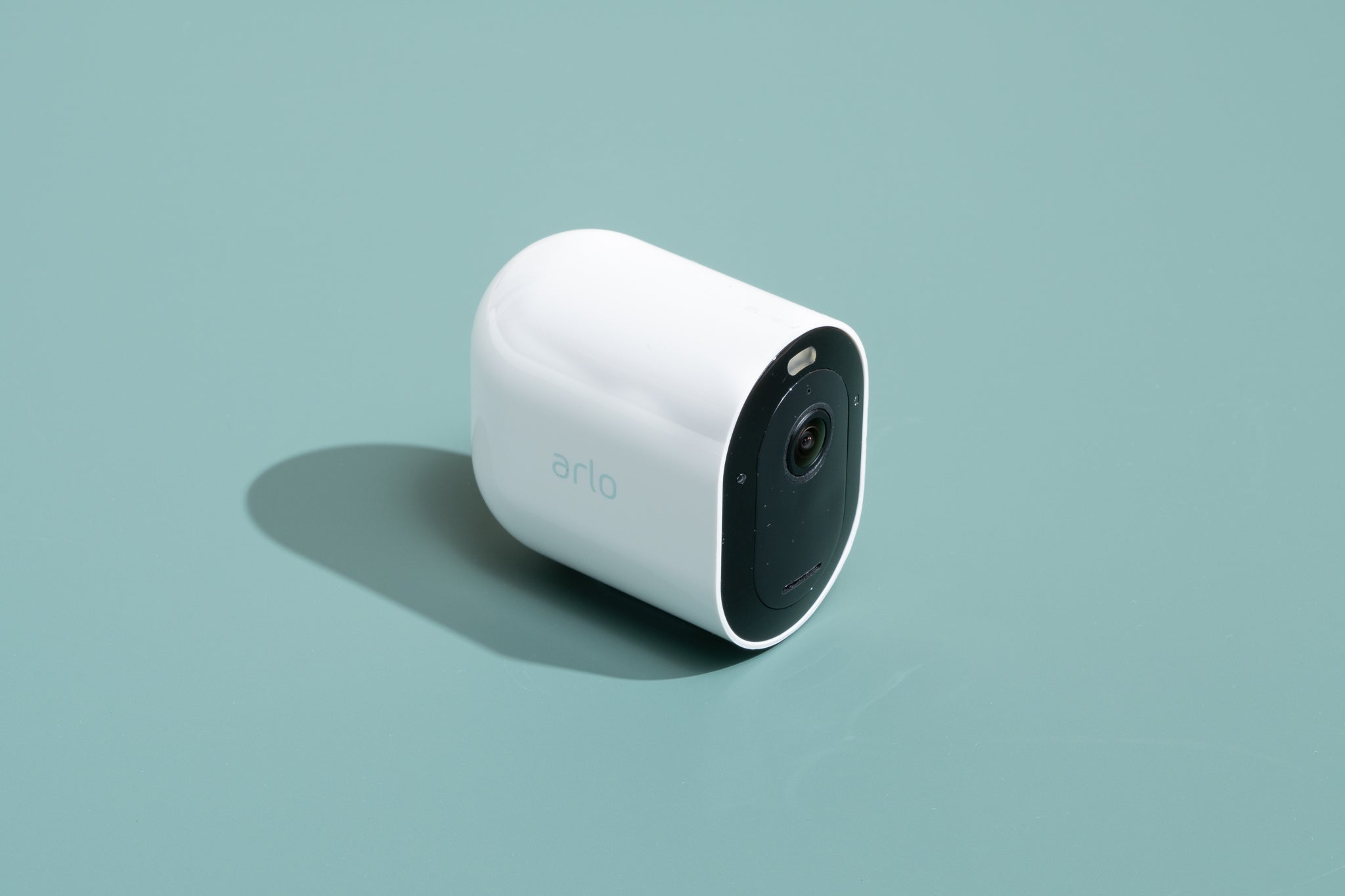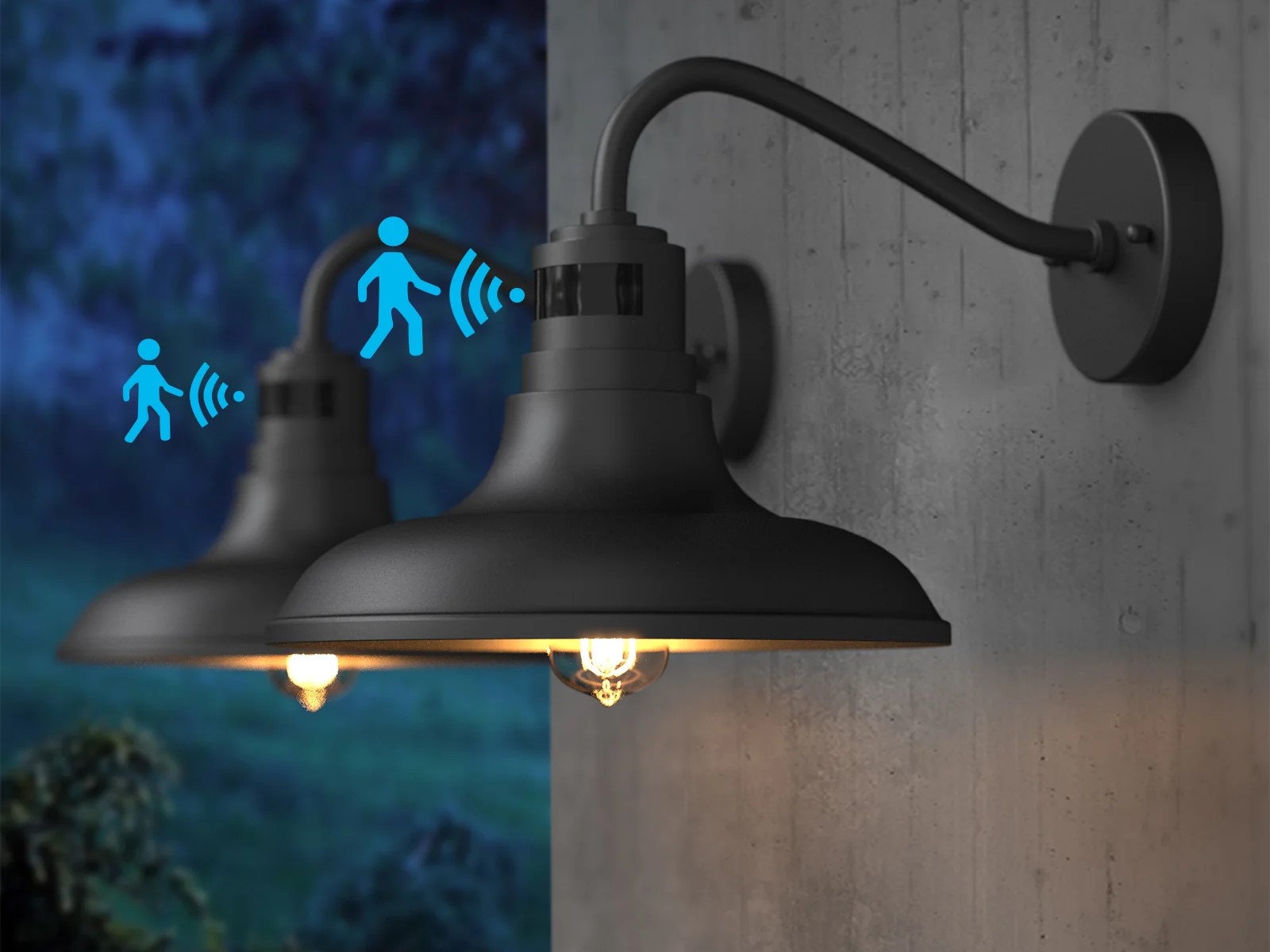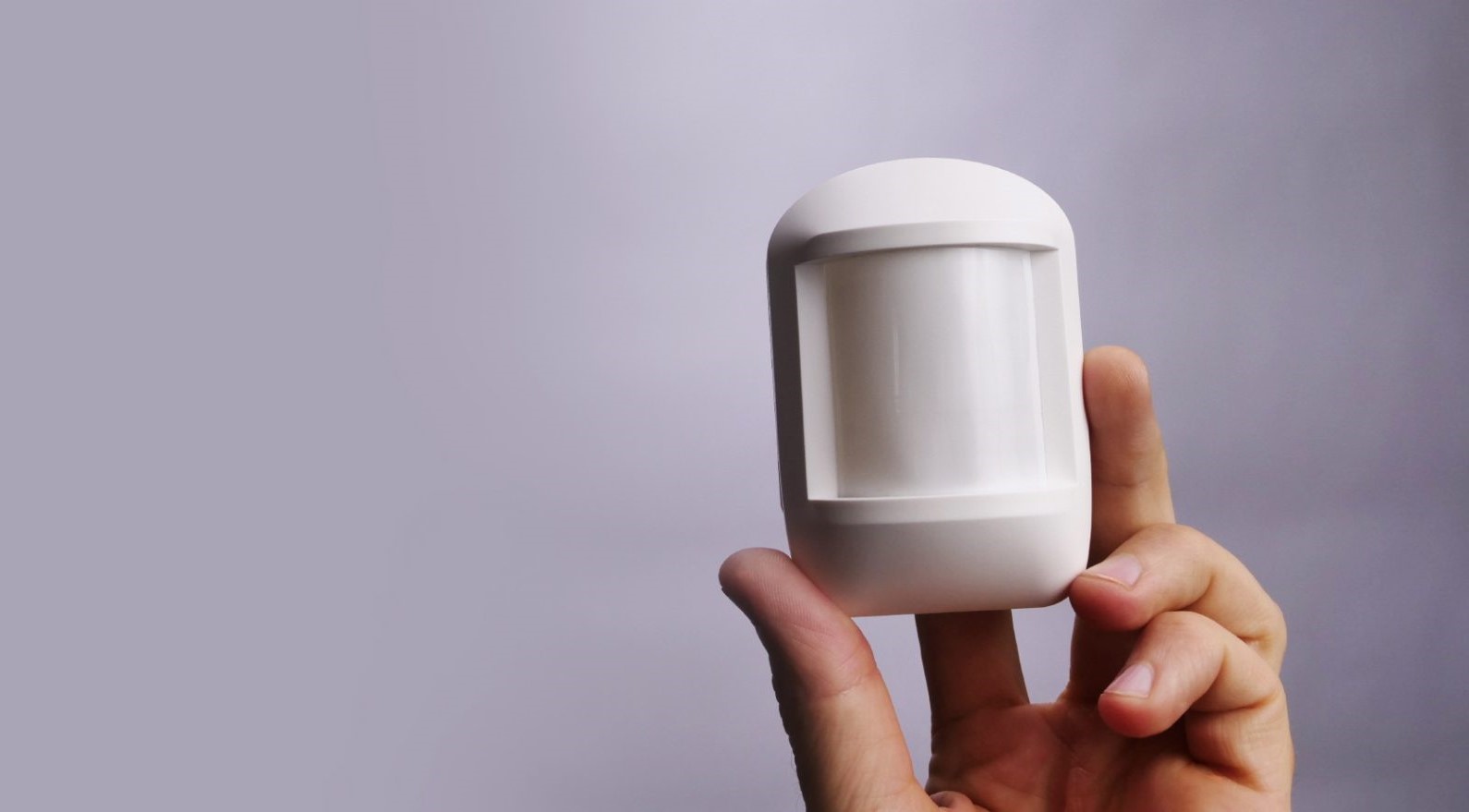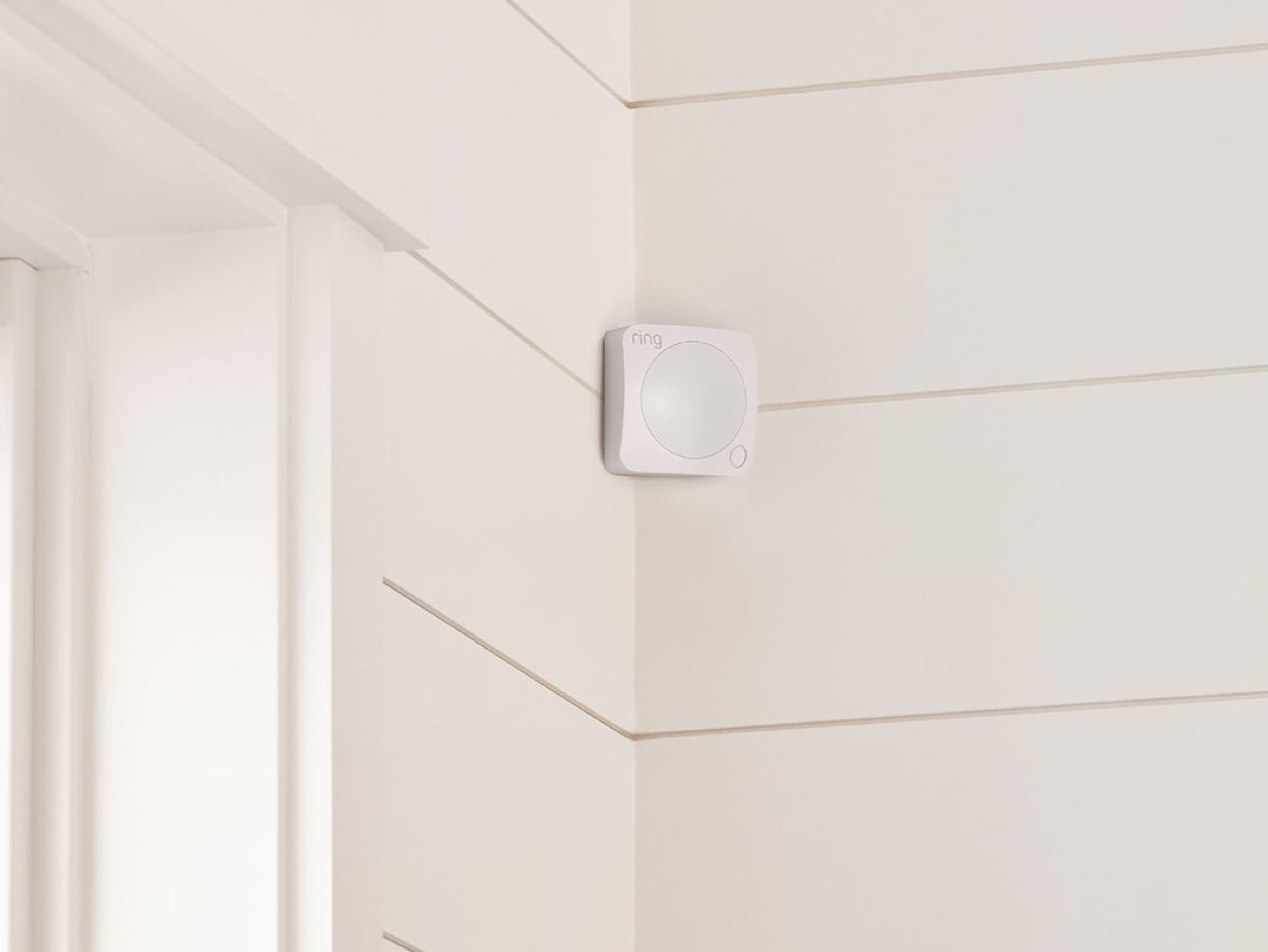Home>Home Security and Surveillance>How Do I Test My Simplisafe Motion Detector
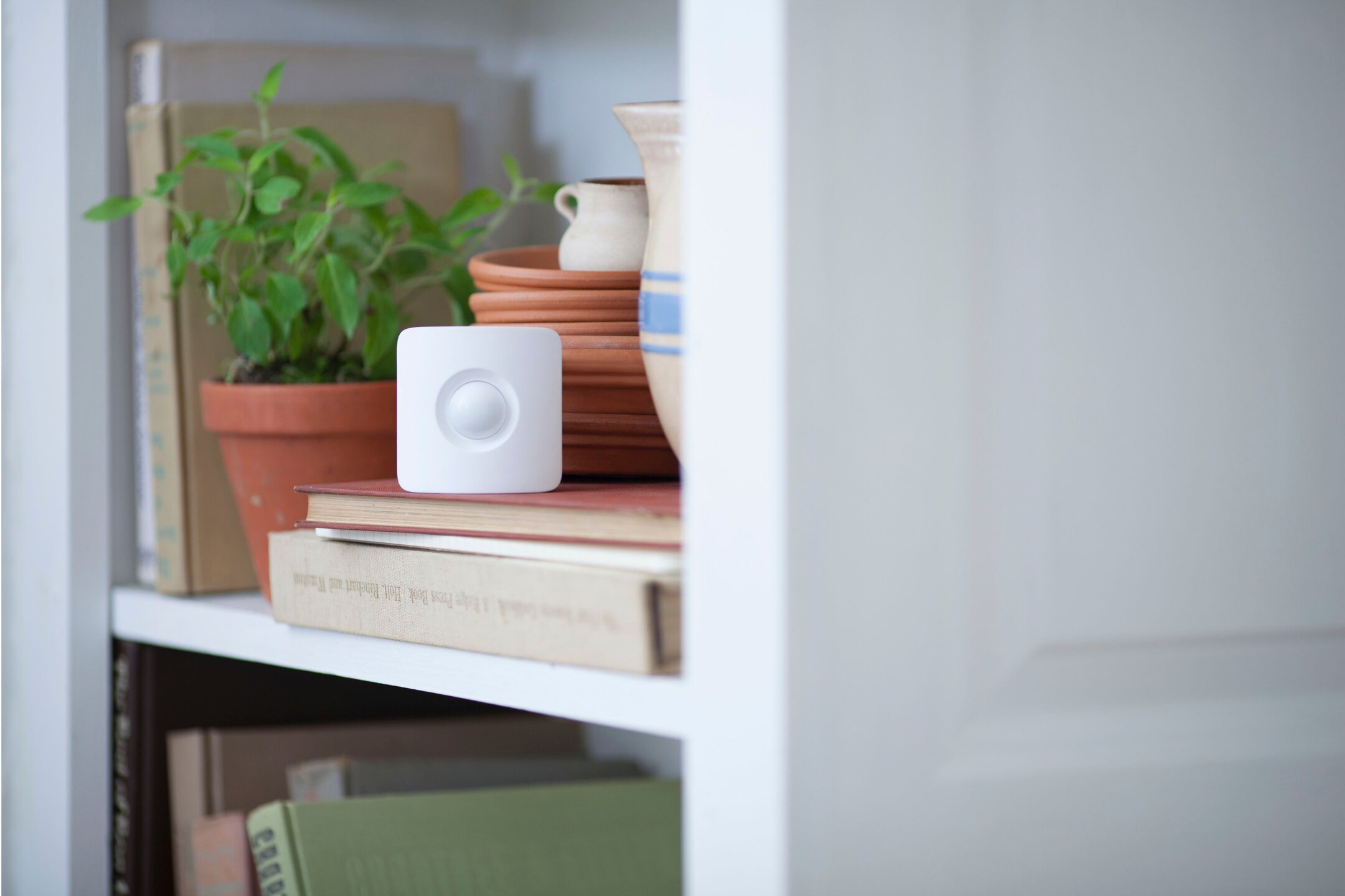

Home Security and Surveillance
How Do I Test My Simplisafe Motion Detector
Modified: March 6, 2024
Learn how to properly test your Simplisafe Motion Detector for optimal home security and surveillance. Protect your home with confidence!
(Many of the links in this article redirect to a specific reviewed product. Your purchase of these products through affiliate links helps to generate commission for Storables.com, at no extra cost. Learn more)
Introduction
Welcome to the exciting world of home security and surveillance! Protecting your home and loved ones is of utmost importance, and a reliable motion detector is a crucial component of any security system. In this article, we will explore the ins and outs of testing your SimpliSafe motion detector to ensure it is functioning optimally.
SimpliSafe is a leading provider of DIY home security systems, offering a range of motion detectors that can detect movement and trigger alarms or notifications. These motion detectors are designed to safeguard your home by alerting you to any suspicious activity, whether you’re at home or away.
Before you start testing your SimpliSafe motion detector, it is essential to understand its basic functionality. SimpliSafe motion detectors utilize passive infrared (PIR) technology, which detects changes in infrared radiation emitted by warm objects in its field of view. When motion is detected, the motion detector sends a signal to the control panel, which triggers an alert.
Now that you know the fundamentals, let’s dive into the process of testing your SimpliSafe motion detector. But before we do that, there are a few preparations you need to make to ensure accurate and effective testing.
Next, we’ll discuss how to prepare for the test of your SimpliSafe motion detector.
Key Takeaways:
- Ensure your SimpliSafe motion detector is ready for action by checking power, clearing the detection area, verifying the system status, notifying household members, and reviewing the user manual.
- Test your SimpliSafe motion detector by arming the security system, exiting the detection area, triggering a motion event, observing the alarm activation, repeating the test, and interpreting the results for optimal functionality.
Overview of SimpliSafe Motion Detector
The SimpliSafe motion detector is a crucial component of your home security system, designed to detect any movement within its range and alert you in case of potential threats. It is a wireless device that can be easily installed in various areas of your home, such as hallways, living rooms, or entryways.
The SimpliSafe motion detector utilizes passive infrared (PIR) technology, which means it detects changes in infrared radiation emitted by warm objects. When someone enters the detection range of the motion detector, it senses the change in infrared radiation and triggers the alarm system.
It is important to note that the SimpliSafe motion detector is pet-friendly, meaning it can differentiate between human movement and motion caused by small pets. This feature ensures that your furry friends won’t set off false alarms while still maintaining the ability to detect intruders.
The motion detector has a detection range of up to 30 feet, covering a wide area to provide comprehensive security coverage. It is also equipped with a wide-angle lens, allowing it to monitor a broader field of view. This ensures that no blind spots are left unattended, providing maximum protection for your home.
One of the significant advantages of the SimpliSafe motion detector is its wireless connectivity. It communicates with the SimpliSafe base station via a secure RF (radio frequency) link, eliminating the need for cumbersome wiring. This makes installation a breeze and allows for flexible placement of the motion detector.
Furthermore, SimpliSafe offers customization options for your motion detector. You can adjust the sensitivity level to suit your specific needs and environment. This ensures that the motion detector is not overly sensitive, reducing the risk of false alarms caused by natural movements within the home.
Overall, the SimpliSafe motion detector is a reliable and intelligent device that plays a vital role in keeping your home secure. With its advanced technology and user-friendly features, it gives you peace of mind knowing that your home is protected from potential intruders.
Now that we have an understanding of the SimpliSafe motion detector, let’s move on to the preparations you need to make before testing it.
Preparing for the Test
Before you begin testing your SimpliSafe motion detector, it is essential to make a few preparations to ensure accurate and efficient testing. Here are the steps you should take:
- Check the Power Source: Ensure that your SimpliSafe motion detector has a fresh set of batteries. The motion detector relies on battery power, so it’s crucial to have fully functioning batteries to obtain reliable test results. Replace the batteries if necessary.
- Clear the Detection Area: Remove any objects or obstacles that may obstruct the motion detector’s view. Make sure there are no large items, furniture, or plants blocking its line of sight. Clearing the detection area allows the motion detector to detect movement accurately.
- Verify the System Status: Ensure that your SimpliSafe security system is armed and in working order. Check the status on the control panel or the SimpliSafe mobile app to confirm that the system is active and ready to receive signals from the motion detector.
- Notify Household Members: Inform everyone in the household that you will be testing the motion detector. Let them know that the alarm may sound briefly during the test. This prevents any unnecessary panic or confusion when the motion detector is triggered.
- Review the User Manual: Familiarize yourself with the user manual provided by SimpliSafe. It will contain specific instructions and guidelines for testing the motion detector. Pay attention to any safety precautions and recommended testing procedures mentioned in the manual.
Once you have completed these preparations, you are ready to proceed with testing your SimpliSafe motion detector. With everything in place, you can ensure accurate results and a smooth testing process.
Now, let’s move on to the next section, where we will discuss how to effectively test your SimpliSafe motion detector.
Testing the Motion Detector
Now that you have prepared for the test, it’s time to put your SimpliSafe motion detector to the test. Follow these steps to effectively test the functionality of the motion detector:
- Arm your SimpliSafe security system: Make sure your system is armed and ready to detect any motion. Activate the system either through the control panel or using the SimpliSafe mobile app.
- Exit the detection area: Leave the room or area where the motion detector is installed, ensuring you are out of its detection range. This allows you to test the accuracy of the detector in detecting intrusions when you are not present.
- Trigger a motion event: Create a controlled motion event within the detection area to test the motion detector. This can be done by walking or moving objects within the range of the motion detector. Ensure that the movement is within the specified detection range of the device.
- Observe the alarm activation: As you trigger the motion event, pay attention to the response of the SimpliSafe system. The motion detector should detect the movement and send a signal to the control panel, activating the alarm. Listen for the audible alarm and check if the system sends any notifications to your mobile device.
- Repeat the test: Perform the test multiple times, moving from different angles and positions within the detection area. This will help verify that the motion detector consistently detects motion from various directions and distances.
- Deactivate the alarm: After each test, deactivate the alarm system through the control panel or the mobile app to prevent any false alarms or disturbances.
By following these steps, you can assess the effectiveness of your SimpliSafe motion detector in accurately detecting and reporting motion events. It is important to conduct multiple tests to ensure consistent performance and to identify any potential issues or blind spots in the detection area.
Next, let’s move on to the crucial step of interpreting the test results to determine the functionality of your motion detector.
To test your Simplisafe motion detector, simply arm your system and walk in front of the detector. The alarm should sound if the detector is working properly.
Interpreting the Test Results
After conducting the tests on your SimpliSafe motion detector, it’s time to interpret the results and determine the functionality of the device. Here are some key factors to consider when evaluating the test results:
- Consistency of Detection: Pay attention to whether the motion detector consistently detects motion events during the tests. It should trigger the alarm each time a motion event is created within its detection range. Inconsistent detection may indicate issues with the device or its placement.
- Sensitivity Level: Take note of the sensitivity level set for your motion detector. If it is set too high, it may detect movements that are not necessarily a threat, leading to false alarms. Adjust the sensitivity level accordingly to find the optimal balance between detection and false alarms.
- Range Coverage: Assess whether the motion detector effectively covers the desired range within the room or area it is installed. Ensure there are no blind spots or areas where motion is not adequately detected. Consider repositioning the device if necessary.
- Pet Immunity: If you have pets in the house, observe whether the motion detector accurately distinguishes between human motion and pet movement. It should not trigger false alarms when pets are within the detection range, ensuring the system remains reliable while accommodating your furry companions.
- Integration with Control Panel: Verify if the motion detector successfully communicates with the SimpliSafe control panel, activating the alarm and triggering any desired notifications. Seamless integration is essential for ensuring the overall effectiveness of your security system.
- Response Time: Consider the response time of the motion detector. It should activate the alarm and send notifications promptly after detecting motion. Delays in response may indicate a need for adjustments, such as repositioning the device or improving communication between the motion detector and the control panel.
By carefully evaluating these factors, you can gain insights into the performance of your SimpliSafe motion detector. Should any issues or concerns arise during the testing process, refer to the troubleshooting section of the user manual or seek assistance from SimpliSafe’s customer support.
Now, let’s address some common issues that you may encounter while testing your SimpliSafe motion detector, along with troubleshooting steps to resolve them.
Troubleshooting Common Issues
During the testing process of your SimpliSafe motion detector, you may come across some common issues. Here are a few troubleshooting steps you can take to resolve them:
- False Alarms: If your motion detector is consistently triggering false alarms, adjust the sensitivity level. Lowering the sensitivity can help prevent the detection of minor movements, such as a fan or curtains moving. Additionally, ensure that there are no objects or pets within the detection range that could trigger false alarms.
- Poor Detection: If the motion detector is not consistently detecting motion, check its placement and angle. Ensure that the device is installed at the recommended height and is facing the desired area. Adjust the position if necessary to improve the detection range and reduce blind spots.
- Interference: Radio frequency interference can sometimes affect the performance of your motion detector. Avoid placing the device near other electronic devices or sources of interference, such as Wi-Fi routers or cordless phones. Relocating the motion detector away from potential sources of interference can help improve its functionality.
- Battery Issues: If your motion detector is not functioning correctly, check the battery status. Ensure that the batteries are fully charged or replace them with fresh ones. Weak batteries can affect the performance of the device, leading to inaccurate detection or failure to transmit signals to the control panel.
- Compatibility: Verify whether your motion detector is compatible with your SimpliSafe security system. Some older models may not be fully compatible with newer control panels or firmware updates. Contact SimpliSafe customer support to determine compatibility and explore potential solutions.
- Firmware Updates: Keep your motion detector and control panel firmware up to date. SimpliSafe regularly releases firmware updates to enhance performance and address any known issues. Check for updates through the SimpliSafe mobile app or consult the user manual for instructions on updating the firmware.
If you encounter any persistent issues or if the troubleshooting steps do not resolve the problem, reach out to SimpliSafe’s customer support for further assistance. They have a team of experts who can provide guidance and resolve any technical difficulties you may encounter.
Now that we have covered troubleshooting, let’s summarize what we’ve discussed so far.
Conclusion
Testing your SimpliSafe motion detector is an essential part of ensuring the effectiveness and reliability of your home security system. By following the proper testing procedures and interpreting the results, you can identify any issues or areas for improvement, ultimately enhancing the level of protection for your home and loved ones.
Throughout this article, we explored the overview of the SimpliSafe motion detector, including its passive infrared technology and pet-friendly features. We discussed the importance of preparation before conducting the tests and provided steps for the actual testing process, including creating motion events and observing the system’s response.
Interpreting the test results allowed us to evaluate the consistency of detection, sensitivity level, range coverage, pet immunity, integration with the control panel, and response time. By considering these factors, you can determine the functionality of your motion detector and make any necessary adjustments to optimize its performance.
In the event of common issues, we provided troubleshooting steps to address false alarms, poor detection, interference, battery issues, compatibility concerns, and firmware updates. Following these troubleshooting tips can help resolve problems and ensure that your motion detector operates smoothly.
Remember, maintaining the security of your home requires regular testing and maintenance of your security system. Keep an eye on any updates or notifications from SimpliSafe regarding software updates or security enhancements to stay up to date with the latest features and improvements.
If you ever need additional assistance or have any specific questions, don’t hesitate to reach out to SimpliSafe’s customer support. They are equipped to provide further guidance and support for your home security needs.
With an optimized SimpliSafe motion detector and a reliable home security system in place, you can have peace of mind knowing that your home is well-protected. Stay vigilant, stay safe!
Thank you for reading this comprehensive guide on testing your SimpliSafe motion detector. Now go forth and ensure the security and peace of mind that you and your loved ones deserve.
Frequently Asked Questions about How Do I Test My Simplisafe Motion Detector
Was this page helpful?
At Storables.com, we guarantee accurate and reliable information. Our content, validated by Expert Board Contributors, is crafted following stringent Editorial Policies. We're committed to providing you with well-researched, expert-backed insights for all your informational needs.
